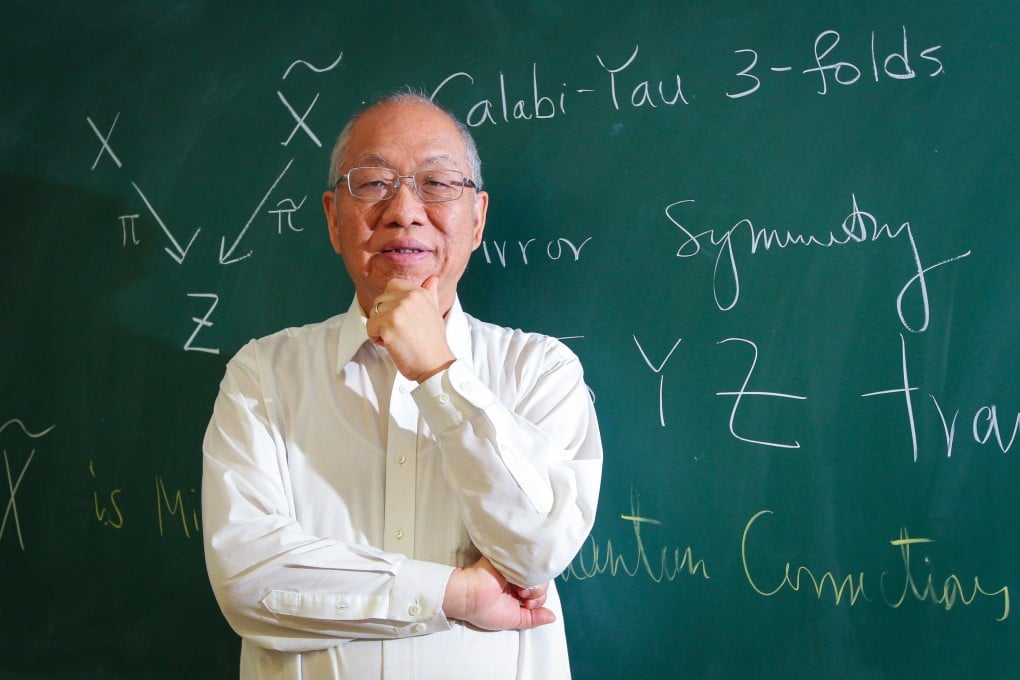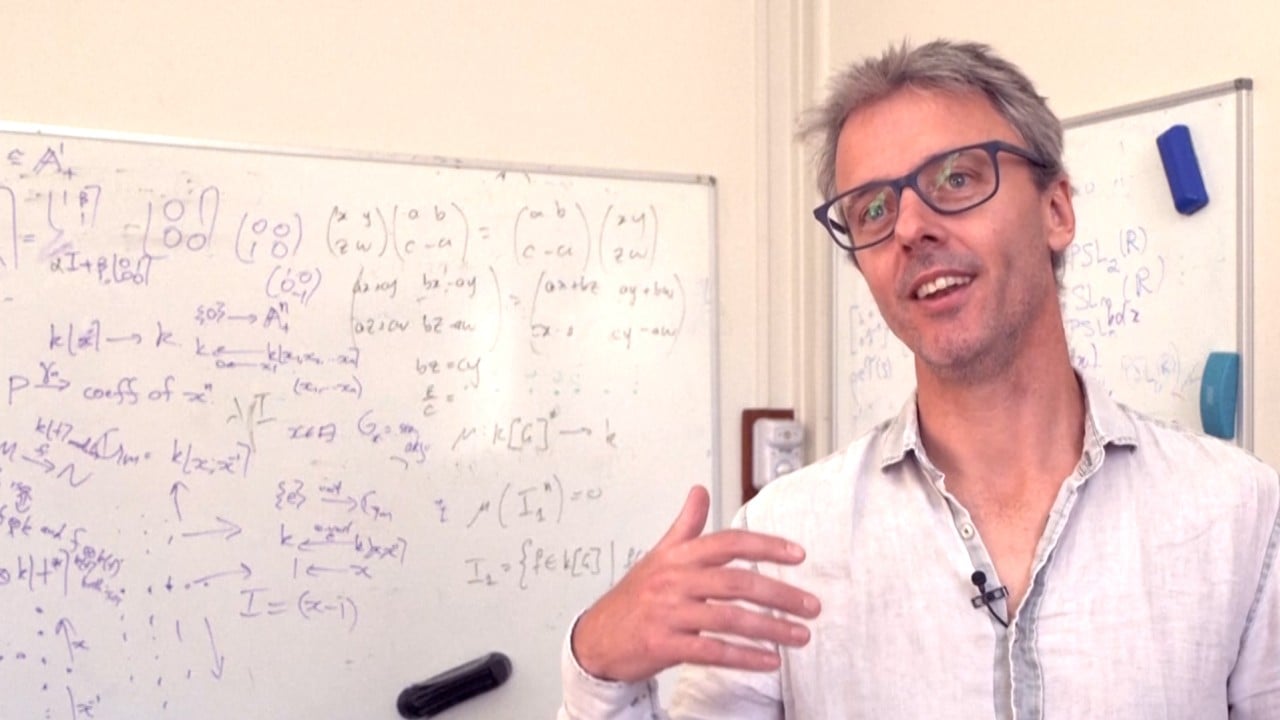Mathematicians create ‘model of everything’ – from gut microbes to climate change
Team led by Yau Shing-Tung say their model can unveil ‘hidden patterns in complex systems’ in the body, society and the environment

Mathematicians in China and the United States say they have developed a “model of everything” that simplifies complex systems in the body, society and the environment by revealing their patterns and interactions.
In biological scenarios the model’s analysis could be used to help pharmaceutical professionals develop treatments – for example, for cancer by decoupling cells that are identified to be working together and give rise to abnormal cell growth.
The model “provides a generic tool for unveiling hidden patterns in complex systems across a wide spectrum of physical and biological scenarios”, the team wrote in a paper published in the peer-reviewed journal Proceedings of the National Academy of Sciences last month.
The researchers are from the Beijing Institute of Mathematical Sciences and Applications, Tsinghua University, The Pennsylvania State University and Creighton University School of Medicine.
Lead author of the study Wu Rongling, a researcher at the Beijing institute, called it a “model of everything” since it could be used to explain the intrinsic patterns of social and natural phenomena.
